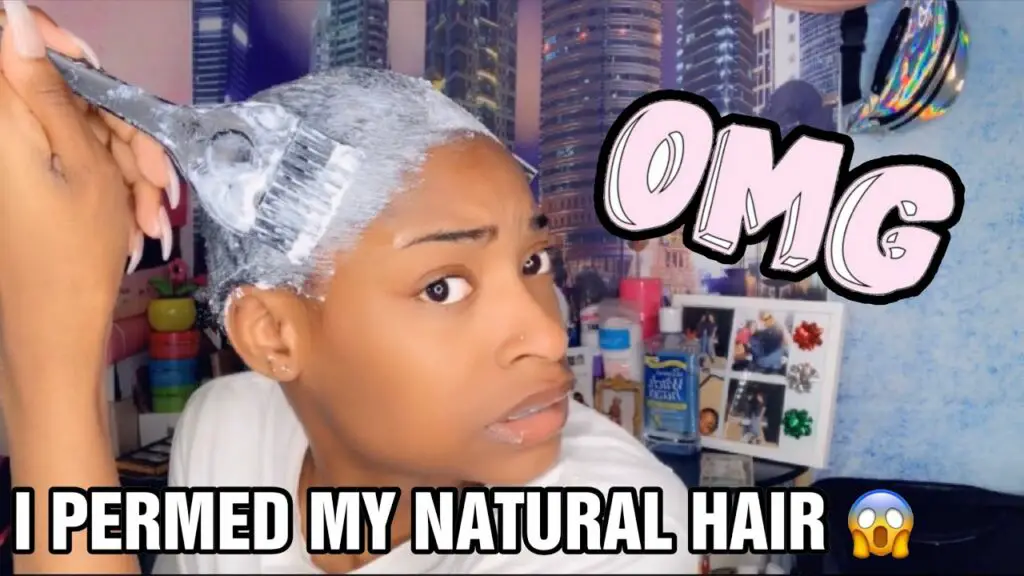
Why is my hair resistant to perms?
There are a number of reasons why your hair is resistant to perms. One reason is that your hair has an outer layer of protein that prevents the chemicals from penetrating deep into the strands. Another reason is that your hair has natural oils that protect it from damage.
- 1: your hair is too long
- 2: your hair is too chemically processed
- 3: your hair is too porous
- 4: mistakes in your perm technique
- 5: a previous professional misdiagnosis.
Today, I received a new client at the salon.
Usually, when a client comes for the first time, everything is expectation and joy.
Her face showed disappointment and sadness, however, the case of this client (whose name is Agustina) was completely different.
What causes a perm not to take?
After taking a few weeks to recover from the botched hair perm, she showed up at my salon 5 days later. By then, she had almost imperceptible waves!
I couldn’t give her the solution because she wanted to perm her hair again.
I couldn’t fulfill her wishes because her hair wouldn’t resist it.
She left disappointed after staying for a short while.
Our final plan of action was to have her evaluate her hair in order to determine the cause of its resistance.
What we discovered was that her hair was too processed for the lotions to change its chemical structure.
- Has something similar happened to you?
- Have you had a perm and your hair was resistant to it?
Let’s analyze the possible reasons why her hair was resistant to the perm.
Some of these reasons are directly related to your hair.
Others, unfortunately, are related to the stylist who performed the process.
Let’s start with the hair.
Reason 1: Your hair is longer than 30 centimeters.
A perm is a chemical treatment used to curl the hair and add volume.
The process is really simple. Essentially all you need to do is wrap your hair around rollers and apply the special chemical treatment.
For long hair that is down to the waist or a little less, the process becomes so complicated that sometimes the perm can fail.
It takes hours to apply the perm lotions and it’s difficult to get a thick coating of it across the hair.
If parts of the hair are left uncovered by the perm lotion, the curl won’t form.
It’s best to keep your hair short. If your hair is too long it won’t be capable of holding its own weight. This can cause it to be misshaped and looked plain in most cases.
That’s why the first thing I recommend that hair be shorter than thirty centimeters.
It’s best to choose loose curls if your hair is longer. A beach wave is recommended when it’s longer than a few inches.
The curl will loosen up and stay flexible (and fuller) overtime while avoiding the risk of losing shape.
Was your hair less than a foot long?
Let’s keep looking for the reason why your hair was resistant to the perm.
Reason 2: The perm failed because the hair had undergone too many chemical processes such as coloring, bleaching, or even straightening.
A lot of chemical processes that are applied to your hair can cause serious damage and lead to breakage, but you can avoid this by taking good care of your hair. The first step is diligence in using the appropriate products for each hair type.
During the perm, two processes occur in the hair: reduction and oxidation.
Reduction Process
This process starts with applying a layer of thick-textured lotion to the hair. Perm lotion can penetrate through the cuticle and reach the oil glands at the root where it has a very strong presence.
When the lotion is applied, it will break up and modify the structure of existing keratin chains, possibly leading to relaxing effects.
As the hair is rolled up in the curler, the keratin chains are arranged in a disordered way. This means that they will curl differently from their natural shape on your head.
Oxidation process
Once the keratin has been modified, its shape must be stabilized. So, they go to the neutralization step
This process of linking broken cystine bonds is called “linking adjacent bonds” and is one of the major steps of the process. It takes place between two bonds that are closest to each other.
By using the neutralizing product, hair becomes less susceptible to damage since it prevents exposure of the cuticles when they are open.
These bonds are formed with disulfide anti-oxidants as a defense mechanism which then protects against potential future damage due to oxidation.
If you use a perm, it’s important that you let your hair soak in all the products for about 20-30 minutes before applying the formula. That will give your curls time to absorb the lotion and seal the cuticles of each strand
Didn’t you apply any hair dye or any other chemical process?
Then, maybe your hair has a lack of moisture and the perm lotions cannot work properly
Reason 3: on very porous hair, the perm lotion is quickly absorbed and eliminated. So, the hair isn’t fixed in the new shape.
Do you know what hair porosity is?
The type of hair you have depends on its cuticle, which plays a key role in how it handles moisture. The cuticle, or outer layer of the hair, also determines how products and water enter & exit the hair.
- High-porosity hair can retain moisture better than low-porosity hair because the cuticle of its strands is open, thus allowing more water to seep in.
If you have high-porosity hair, the perm lotion will quickly penetrate the cuticles to make a new shape for your hair that is less noticeable. But in most cases, it doesn’t manage to fix the hair in its new state.
Then, the curl shape won’t be defined.
A simple test that you can do to gauge the porosity of your hair is the Flotation Test:
- Take a couple of hairs from your comb or brush and drop them into a bowl of water.
- Let them sit for 2-4 minutes. Is your hair floating, you have low porosity. If it sinks, you have high-porosity hair.
- If your hair has low porosity and was not previously chemically processed, we should look for mistakes in the professional who performed the process.
I don’t like to talk about colleagues, but I wanted to get your take on whether the technical issue that you were experiencing had anything to do with it.
Reason 4: technical failures during the perms.
Its unfortunate that some professionals are not familiar with the perm process and make mistakes.
Mistakes made by professionals are often the result of a lack of technique or negligence.
When you’re renewing your permanent hair color, the most common mistakes that professionals make are:
- The parting lines between each zone are poorly defined. That leaves those with hair curlers or clamps improperly applied and ends up causing undue damage to the hair.
- She got some hair from different areas when wrapping the hair around the curler
- The stylist made a mistake when choosing the size of the curler. If a curler is too thick, the curl will be too loose
- The ends of your hair won’t curl well if the strands aren’t curled tightly. This will make your ends frizzy, not curly.
- Not sure how long it is taking, but if you’re still waiting then that’s a sign the curler technique has failed. Your hair will have curls in some areas and not in others. The perm lotion will start to work on some areas before others.
- If you’re finished curling your hair with rollers, be sure to wash them in water and neutralize them properly. This ensures they can reform their disulfide bonds, breaking any thinning layer of hydrogen sulfide that’s been left on the hair shaft.
- When your hair is processed, you should avoid doing anything that would cause the strands to be stretched. This could damage the hold of the curl and negate all of your hard work.
Perming seems like a simple process, but it requires technique and knowledge to do it well. Your hair should also be healthy at the time of perming.
Reason 5: If your hair isn´t healthy or your hair type is not taken into account, it maybe resistant to perms.
I don’t perm damaged hair. I need to examine it very closely before judging
Perm lotions should be left to work for less time in damaged hair. In those cases, curls fix very quickly.
Finding out what type of hair you have is an important step in choosing the best perm lotion for that hair.
A lotion that is too soft won’t be able to break the disulfide bonds or will damage the internal structure of our hair.
CONCLUSIONS
Have you been able to establish why is your hair resistant to perms?
For a perm to be successful, you need to take into account the product, how long the application takes, and your plan after looking at the condition of my hair.
If your hair has previously been damaged and you want to lighten it, you should wait until the cuticles have closed so that the treatment will be more effective. Then, you can use a new treatment.


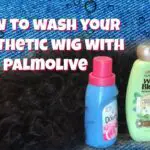
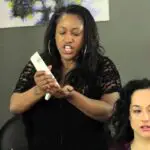
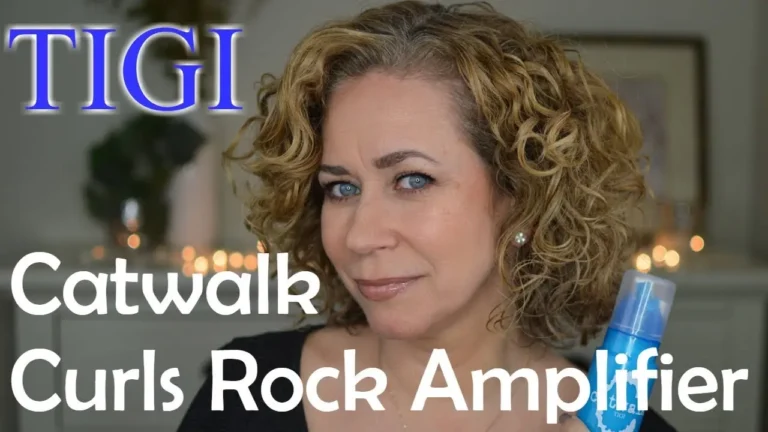
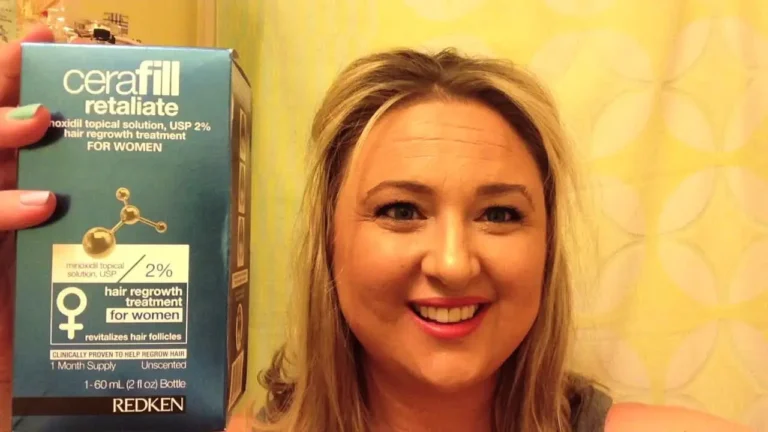
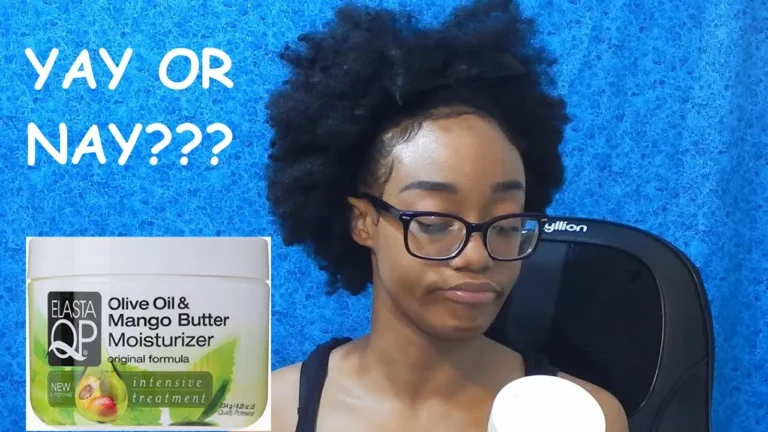

Comments are closed.